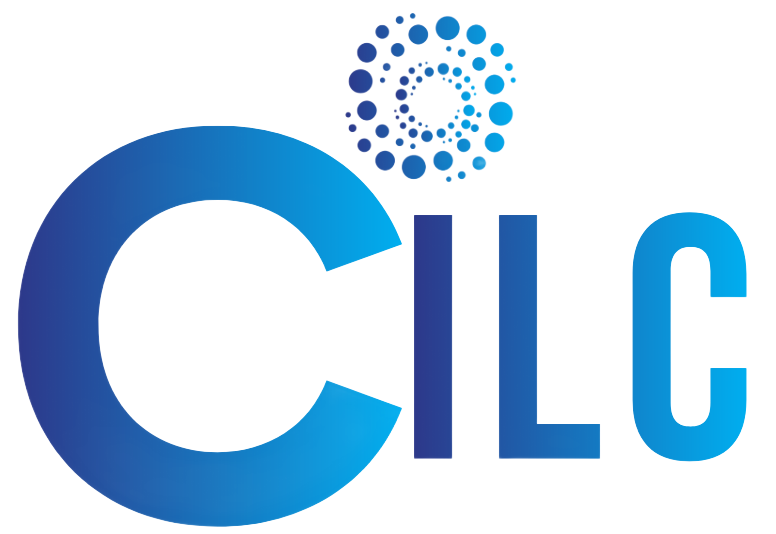The $55 billion buyout of Electronic Arts (EA)
The buyout values EA at a revenue multiple of about 7.3x, significantly above average for traditional gaming
The $55 billion acquisition of Electronic Arts (EA), led by Saudi Arabia’s Public Investment Fund (PIF), Affinity Partners (Jared Kushner), and Silver Lake, is making headlines across the digital entertainment industry. EA earned $7.5 billion in revenue last year—so what makes a publisher (not a console maker or marketplace owner) worth such a premium?
At the heart of EA’s value lie its intellectual property portfolio, dominance in global sports gaming, and stable, recurring digital revenue from microtransactions and online services.
EA’s protections include:
- Copyright law for software and creative assets (game engines are protected as “literary works” under U.S. and international copyright law)
- Trade secrets covering optimizations and internal workings (features, optimizations, and internal workings of game engines are protected as trade secrets)
- Patents for technological innovation (technological solutions in EA engines can be protected by patents)
- Contractual safeguards for employee and developer relationships (employee and third-party developer contracts further safeguard against the unauthorized transfer or use of engine technologies outside EA)
Was the transaction investigated?
Industry and Regulatory Concerns (Antitrust, Foreign Investment, and Media Regulation)
Given the record-setting price and foreign ownership, the deal underwent review by antitrust authorities and the US Committee on Foreign Investment (CFIUS). Unlike some recent industry deals, the EA transaction did not trigger a prolonged antitrust investigation or major regulatory blockade.
That said, questions persist about data privacy and user protection standards (EA possesses vast amounts of user data), and the potential influence of new ownership on creative direction and content moderation (the Saudi state-backed ownership exerting control over the messaging and content decisions of a major entertainment brand consumed by millions globally).
Broader Strategic Implications
Jared Kushner was pivotal in orchestrating not just this landmark business deal but also related diplomatic initiatives, notably in the Middle East, with the US administration’s engagement mirroring ongoing cross-border business and peacemaking efforts in the region. Saudi Arabia’s ambitious gaming and entertainment investments fall under its Vision 2030 strategy. The EA deal is a prime example of how Saudi Arabia is leveraging its sovereign wealth to diversify the economy and elevate its cultural and technological footprint globally.
Media Regulation and Merger Control: The European Media Freedom Act (EMFA)
Media regulation and pluralism under the EMFA
The EMFA is a landmark advance for EU media regulation and mandates structural safeguards with greater regulators' power to attach remedies to media mergers.
EMFA regulates the internal market for media services, which include television and radio broadcasts, on-demand audiovisual platforms, audio podcasts, press publications (digital and print), and platforms like news websites or digital magazines. Even very large online platforms are covered if they exercise editorial control. Editorial responsibility is central to the definition of media service—providers must have control over content choice and the manner of its dissemination.
As to content regulation, the new rules include safeguards against unwarranted removal of media content by large online platforms, protection of journalistic sources, and guarantees for public service media funding and editorial freedom. While most EMFA provisions now apply, rules allowing users to customize media content options on their devices will be activated in May 2027.
EMFA intends competition in terms of pluralism, meaning that Member States must assess media mergers based not only on economic competition but also on pluralism. The rules apply to all media acquisitions—print, broadcast, online, podcasts, and deals involving digital platforms exercising editorial responsibility. While EMFA does not set rigid, quantitative market share thresholds, the new media-merger plurality test aims to assess media mergers based on cross-media concentration, their influence over public opinion, editorial independence, and financial sustainability, not just competition law.
The institutional architecture of the new legislation: the European Commission and a newly established Media Board will issue guidelines and advisory opinions to ensure consistent application across member states. Full predictability will depend on detailed Commission guidance, consistent national practices, and case-law development, and the Commission's power to initiate infringement proceedings if EU law is not properly respected at the national level.
How does EMFA interact with the EU Merger Regulation? The European Commission is not the primary decision-maker for media mergers, unlike its central role in the EU Merger Regulation. The Commission may clear a merger on competition grounds, but that same transaction could still be subject to additional review or remedies by national authorities under EMFA for risks to media pluralism or editorial independence.
Media and tech firms should assess internal governance, editorial independence policies, and compliance frameworks to align with EMFA’s new standards.

